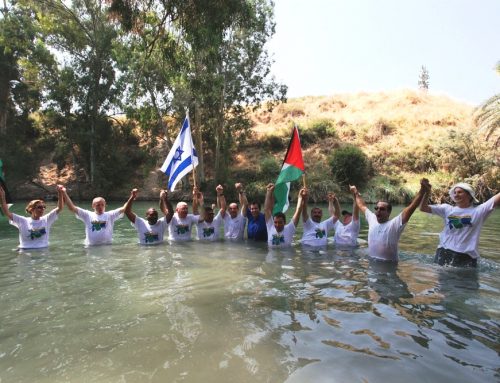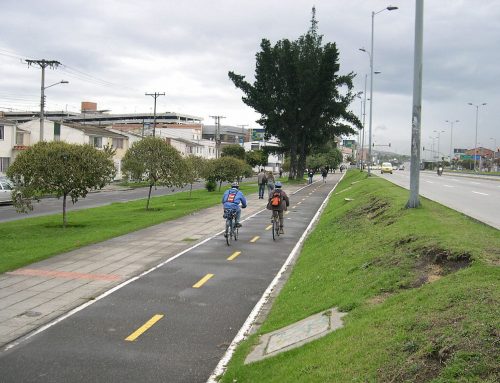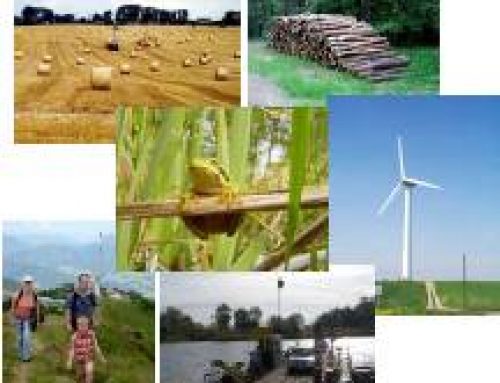Connecting people to people and people to nature: Is the Satoyama Initiative a promising model of partnership between urban and rural communities, and can the network of case studies at the global scale cause this model to spread widely?
Objective: to promote collaborations for the management of sustainable landscapes for people and biodiversity, exploring and implementing ways to mainstream biodiversity in production activities.
The satoyama landscape (Japanese traditional agricultural landscape) has been increasingly recognized in Japan as a provider of biodiversity as well as bundles of ecosystem services valued by humans. Past management of satoyama lands created sustainable landscapes that benefitted both humans and nature. Today these landscapes are underused as rural areas have become depopulated, threatening ecological, agricultural and cultural losses.
One response to this has been to connect urban and rural areas to manage satoyama landscapes, creating benefits for both populations. For example, terraced rice paddies are maintained with financial support and voluntary labour from urban citizens who enjoy visiting beautiful landscapes and learning about food production. Farm stay programs are increasingly implemented in depopulated rural areas. Visitors of all ages experience growing food, and learn about cultural traditions. The branding of sustainably produced agriproducts is another approach used to support satoyama landscapes.
What is underlying the recognition of the importance of satoyama landscapes in Japan is the idea of the interconnectedness of humans and nature. This interconnectedness is not only applicable in satoyama but also in many social ecological systems around the world and this has led to the creation of the “Satoyama Initiative” by the Japanese government and UNU (http://satoyama-initiative.org/en/about/). This global effort aims to promote connections between societies and nature by promoting sustainable practices in production landscapes to benefit biodiversity and human well-being. An international multi-stakeholder partnership of 164 member organizations provides a place for collaboration and knowledge sharing to further promote this initiative.



